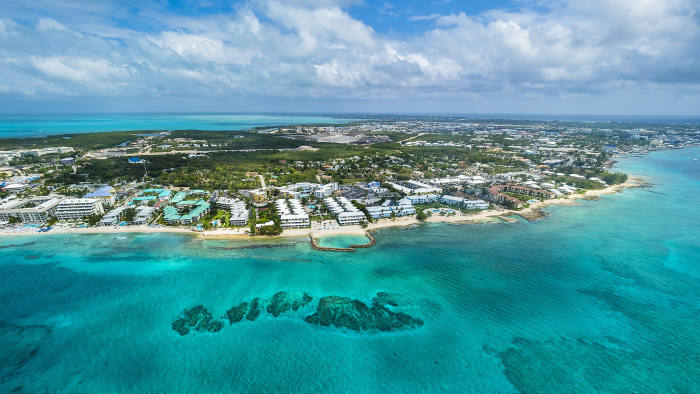July 6, 2017
Real estate issues: The question of setbacks & the issue of valuations

Real estate issues of the day
I have been troubled of late by two issues that have caused concern within the real estate industry and which, I believe, deserve a proper public focus and discussion.
The question of setbacks
In the Cayman Islands the question as to where the oceanfront land you have purchased actually begins as your own (and thereby island on which you can build) is governed by The Development and Planning Regulations 2017. These regulations apply set-backs from the high watermark, i.e. where the owner’s property begins, requiring, by law, sufficient space between the ocean and the landowner’s property to account for the coastline’s continual shifts over time, thereby hopefully avoiding coastal erosion due to storms, etc. However, neither these regulations or the 2017 Development and Planning Law itself define exactly what the high watermark is.
Here is what Section 28 of the Land Survey Regulations (1996 Revision) states:
- (1) Where any parcel is bounded by the sea, its seaward boundary shall be the high water mark as defined in sub-regulation (2).
- (2) Subject to subregulation
- (3), the high watermark means the line of the median high tide between the ordinary spring and neap tides.
- (4) If, at the time a survey is carried out, any part of the shoreline of a parcel is comprised of mangrove trees standing in the water or at the water’s edge, the high water mark shall be the edge of the mangrove vegetation.
Now, while we haven’t seen any recent change in the above regulations, there have definitely been moves afoot in recent months, which have appeared to change the definition of the high water point, effectively creating a longer setback from the ocean and therefore less land on which a person can build. A client of late only found out this new interpretation of the setback law after they had had a survey done which caused some considerable alarm. This has had a massive knock-on effect, with an apparent change in the location of the high water mark substantially affecting the square footage of the land that has been purchased and is now available for them to build on.
We have made a request to the Lands and Survey Department but we had not received a response as at the time this article went to press. I hope to bring you news on this important apparent change in my next update.

The issue of valuations
With current property values tracking behind reality in some areas of the Cayman Islands, I am troubled that valuations are not keeping pace with the true market value of some properties in certain areas right now.
As I have written above frequently in recently months, property prices along the Seven Mile Beach corridor, as well as other areas, has increased rapidly over the past year or so in response to increasing demand and decreasing supply. Undoubtedly, the true market value of properties in these areas of Grand Cayman has gone up and I believe that valuers have got caught behind the curve in this respect. I believe that Cayman banks need to be receptive to this challenge. We need to ensure that valuations keep up with current market prices, so that potential buyers are fully aware of the cost of their prospective new home before they begin the negotiation process, especially when considering bank financing.
I would love to hear from you if there are any points of interest as they relate to Cayman’s real estate industry that you would like me to discuss in future articles, or if there are any questions you would like me to answer. Email: James.Bovell@bovell.ky
